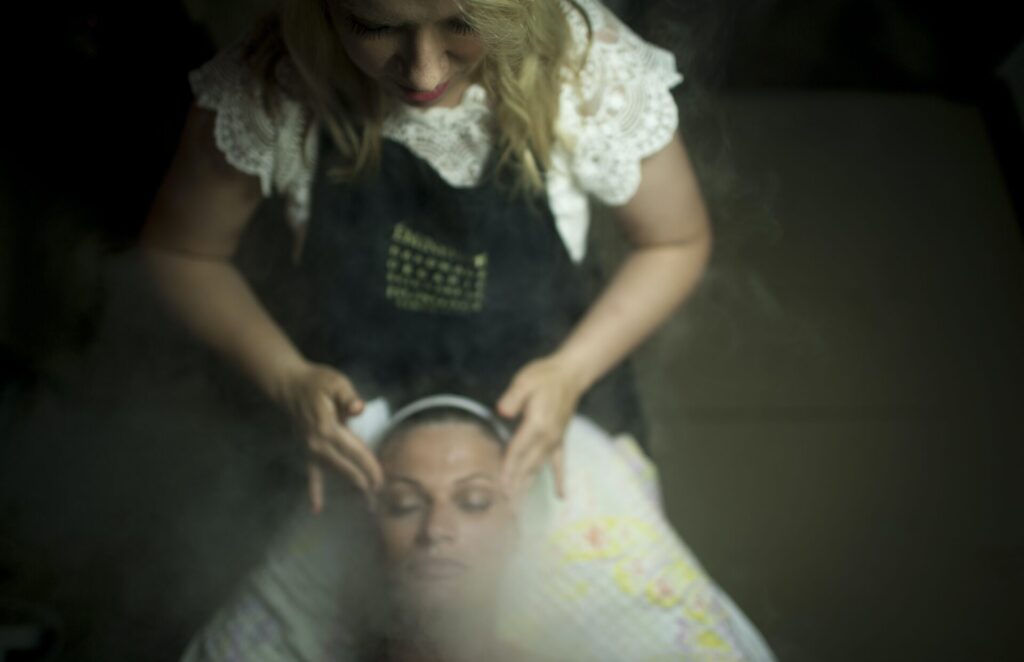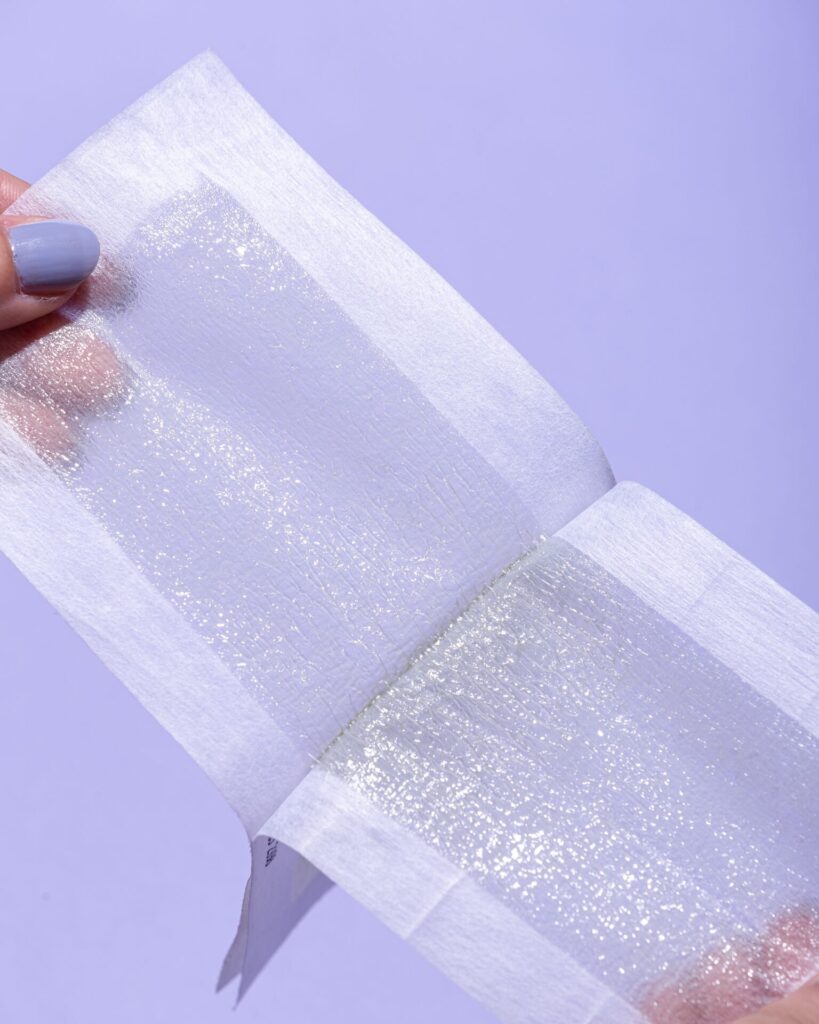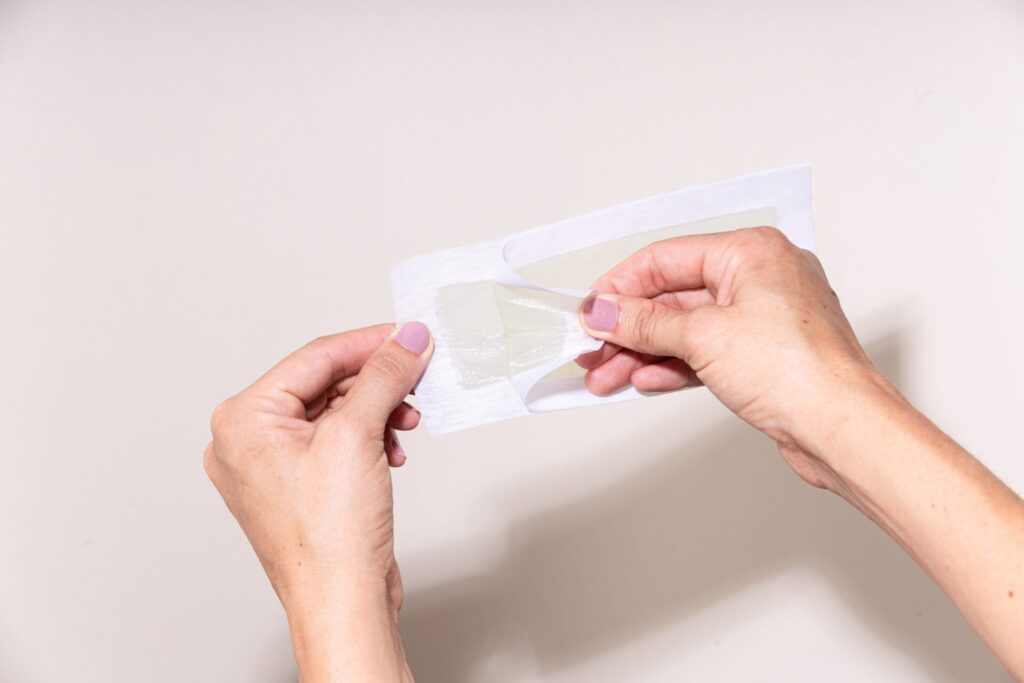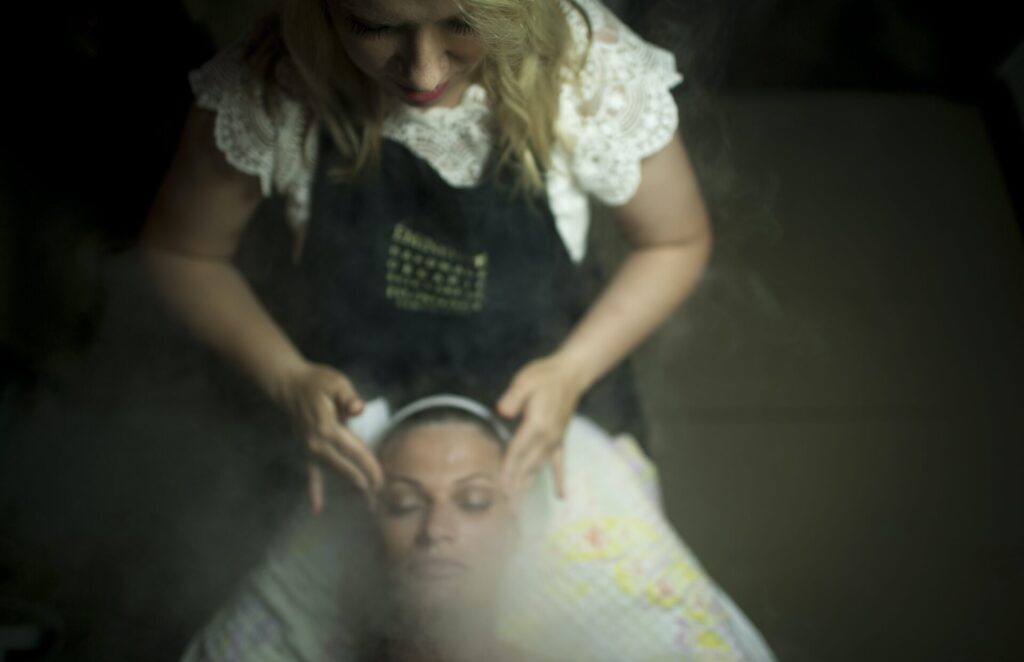Are you interested in learning the techniques of facial waxing? Look no further! With the Facial Waxing Training offered by the Centre of Wellness, you can now gain the skills and knowledge you need all from the comfort of your own home. No need to attend in-person classes or worry about travel arrangements. This online training program provides comprehensive instruction on facial waxing techniques, ensuring you have the expertise to deliver professional-quality results. Don’t wait any longer to enhance your beauty skills – visit the Centre of Wellness website at https://beautytrainingcoursesonline.com/ and start your facial waxing training today!
Facial Waxing Training: Learn the Techniques Online
Introduction to Facial Waxing
Facial waxing is a popular method of hair removal that involves applying a warm wax to the skin and then removing the wax along with the unwanted hair. This technique is commonly used to remove hair from the eyebrows, upper lip, chin and jawline, sideburns, and the entire face. Facial waxing provides long-lasting results and leaves the skin smooth and hair-free. If you want to learn the art of facial waxing, you can now do so conveniently through online training courses offered by the Centre of Wellness or via their website at https://beautytrainingcoursesonline.com/.
Benefits of Facial Waxing
There are several benefits to facial waxing that make it a preferred method of hair removal for many individuals. Firstly, facial waxing effectively removes unwanted hair, ensuring a clean and smooth appearance. Additionally, waxing also exfoliates the skin by removing dead skin cells along with the hair, leaving the skin looking fresh and rejuvenated. Unlike other hair removal methods, waxing provides longer-lasting results, with hair taking longer to grow back. This saves you time and effort in the long run. Furthermore, facial waxing enhances the application of makeup, as it creates a smooth canvas for foundation and other cosmetics. Lastly, having a hair-free face boosts self-confidence and improves overall self-image.

This image is property of images.unsplash.com.
Choosing the Right Waxing Products
When it comes to facial waxing, using the right products is crucial for achieving optimal results and minimizing skin irritation. There are various types of wax available for facial waxing, including hard wax and soft wax. Hard wax is excellent for sensitive areas such as the eyebrows and upper lip, as it adheres to the hair rather than the skin, making it less painful to remove. Soft wax, on the other hand, is better suited for larger areas like the full face. It is important to consider your skin type, sensitivity, and the area you are waxing when selecting the appropriate waxing product. Additionally, using high-quality waxing accessories, such as wooden spatulas and muslin strips, ensure safe and efficient hair removal. It is also crucial to prioritize safety and hygiene by using clean and properly sanitized equipment to prevent any potential infections or complications.
Preparation for Facial Waxing
Preparing the skin before facial waxing is essential to ensure a successful and comfortable waxing experience. Before starting the waxing process, it is recommended to perform a patch test to check for any allergies or adverse reactions to the waxing products. Cleanse the skin thoroughly to remove any dirt, oil, or makeup, which may interfere with the waxing process. Trimming the hair to the appropriate length is important to ensure effective hair removal. Applying pre-waxing products, such as a pre-wax cleanser or powder, can help prepare the skin and improve wax adhesion. Lastly, conducting a client consultation is essential to identify any specific concerns or medical conditions that may affect the waxing process.

This image is property of images.unsplash.com.
Techniques for Facial Waxing
Understanding the different techniques involved in facial waxing is crucial for achieving precise and efficient results. The two primary types of wax used for facial waxing are hard wax and soft wax. Hard wax is applied directly to the skin and hardens as it cools, allowing for easy removal without the need for strips. Soft wax, on the other hand, is applied thinly to the skin and removed using muslin or paper strips. Proper wax application is essential for effective hair removal, ensuring that the wax adheres to the hair firmly. Correct removal techniques, such as pulling the wax strip in the opposite direction of hair growth, help minimize pain and discomfort. It is important to manage pain and discomfort during waxing by applying numbing creams or using soothing techniques such as cooling gels or aloe vera. Lastly, avoiding common mistakes, such as applying too thick of a wax layer or pulling the wax strip upwards instead of parallel to the skin, can help achieve the best results.
Eyebrow Waxing
Eyebrow waxing is a popular technique for shaping and defining the eyebrows. To create the perfect arch, start by outlining the desired shape using a brow pencil or powder. Apply the wax carefully, ensuring precision and avoiding any contact with the eyes. Removing the wax in the opposite direction of hair growth helps to achieve a clean and defined brow shape. Different brow shapes require specific techniques, such as creating a high, sharp arch for a more dramatic look or a soft, rounded arch for a natural appearance. Numbing and soothing techniques can be used before and after eyebrow waxing to minimize any discomfort and calm the skin.

This image is property of images.unsplash.com.
Upper Lip Waxing
Upper lip waxing is an effective method for removing unwanted hair above the lip area. Before waxing, it is important to prevent lip irritation by applying a lip balm or petroleum jelly around the lips. A small amount of wax is applied to the upper lip, avoiding the actual lip area. Smooth removal of the wax is crucial to prevent any skin damage. Hyperpigmentation can be managed by applying products containing ingredients such as aloe vera or chamomile to soothe and lighten the skin. Post-wax lip care involves keeping the area moisturized and protected from sunlight to avoid any further discoloration.
Chin and Jawline Waxing
Chin and jawline waxing targets the removal of unwanted hair in these areas. Dealing with stubborn chin hair may require additional techniques such as applying a slightly thicker layer of wax or using a smaller waxing strip. Waxing techniques for the jawline involve careful and precise wax application to ensure effective hair removal. Addressing ingrown hairs can be done by gently exfoliating the skin with a soft brush or using products containing glycolic acid or salicylic acid. Moisturizing the treated areas after waxing is important to soothe the skin and prevent dryness.
Aftercare for Facial Waxing
Proper aftercare is essential for maintaining the results of facial waxing and preventing any complications. Soothing and calming the skin after waxing can be achieved by applying aloe vera gel or a cooling mask to reduce redness and inflammation. Post-waxing skin care products, such as a gentle cleanser and moisturizer, help keep the skin hydrated and nourished. Avoiding irritation and breakouts can be done by avoiding touching or scratching the waxed areas and avoiding harsh products or chemicals. Maintaining results at home involves regular exfoliation, moisturizing, and following a consistent hair removal routine.

